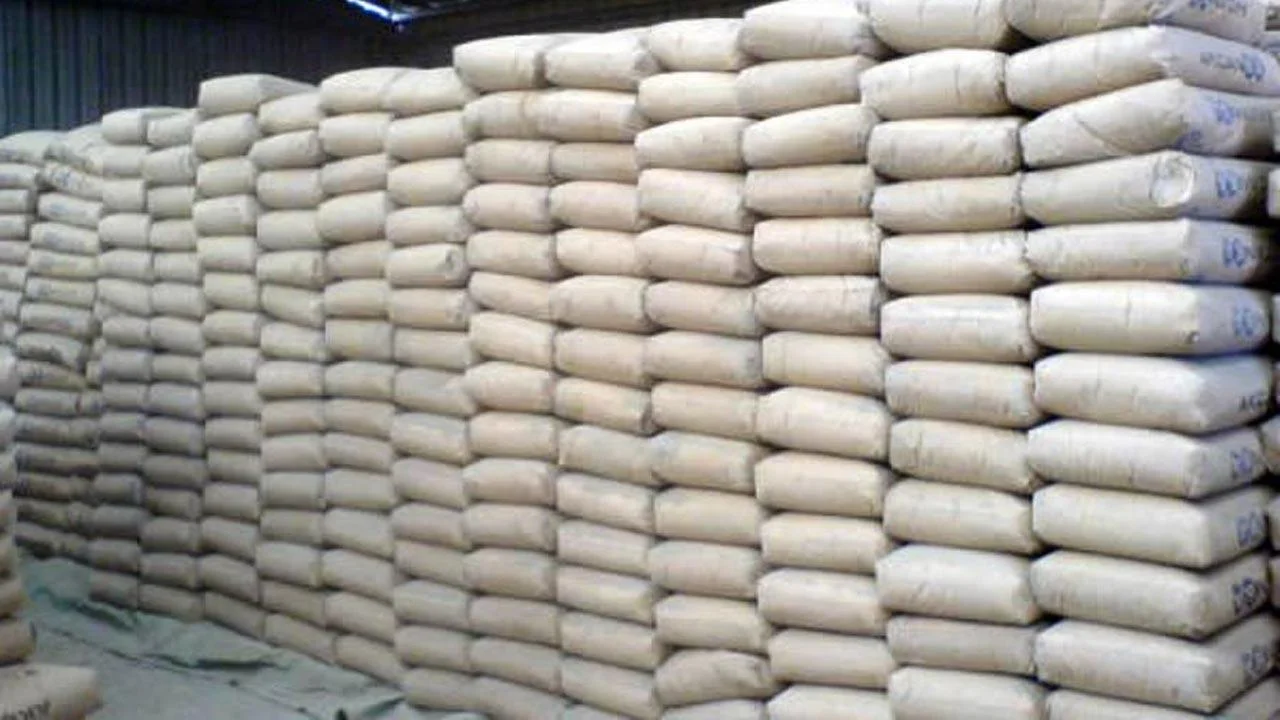Oil Prices Steady Amid Mixed Market Signals and Russia Sanction Concerns

Oil prices held largely steady on Friday, reflecting investor caution amid a shifting global outlook.
While the International Energy Agency (IEA) has revised its demand growth forecast downward for the remainder of 2025, supply tightness in the immediate market, alongside geopolitical tensions, continues to provide support.
Brent crude futures edged up by 19 cents (0.28%) to $68.83 per barrel on Friday morning, while U.S. West Texas Intermediate (WTI) crude increased 25 cents (0.38%) to trade at $66.82 per barrel.
Price movement for both benchmarks remained largely range-bound for the week. Brent was set to close 0.8% higher compared to last Friday’s settlement, while WTI appeared headed for a 0.3% weekly loss, affected by the U.S. Independence Day holiday on July 4, according to Reuters.
Despite the IEA raising its supply forecast for the year, it downgraded projections for demand growth. Still, the agency pointed to high seasonal refinery activity—driven by power and travel demands—as a factor maintaining short-term tightness in the oil market.
At the same time, front-month Brent contracts for September were trading $1.11 above the October contracts—an indication of robust short-term demand.
“Despite a market-wide expectation of an oil glut at the back end of this year, the current spate of drivers is lacking anything that might send prices back to the lows seen in April and May. Civilians, be they in the air or on the road, are showing a healthy willingness to travel,” said John Evans, analyst at PVM.
One notable indicator of near-term demand strength is Saudi Arabia’s expected shipment of around 51 million barrels of crude to China in August, marking the largest monthly volume in over two years.
However, long-term forecasts suggest headwinds. The Organisation of the Petroleum Exporting Countries (OPEC), in its World Oil Outlook released Thursday, lowered its global demand projections between 2026 and 2029, citing slowing Chinese consumption.
Oil markets also reacted to potential geopolitical developments. Both benchmarks dipped over 2% on Thursday, reflecting investor uncertainty over U.S. tariff policies and their effect on global growth.
“Prices have recouped some of this decline after President Trump said he plans to make a ‘major’ statement on Russia on Monday. This could leave the market nervous over the potential for further sanctions on Russia,” ING analysts noted in a client report.
President Trump has recently voiced dissatisfaction with Russian President Vladimir Putin, criticising Moscow’s continued assault on Ukrainian cities and the slow progress in peace negotiations. Meanwhile, the European Commission is reportedly preparing a proposal for a floating price cap on Russian oil as part of a broader sanctions package.




